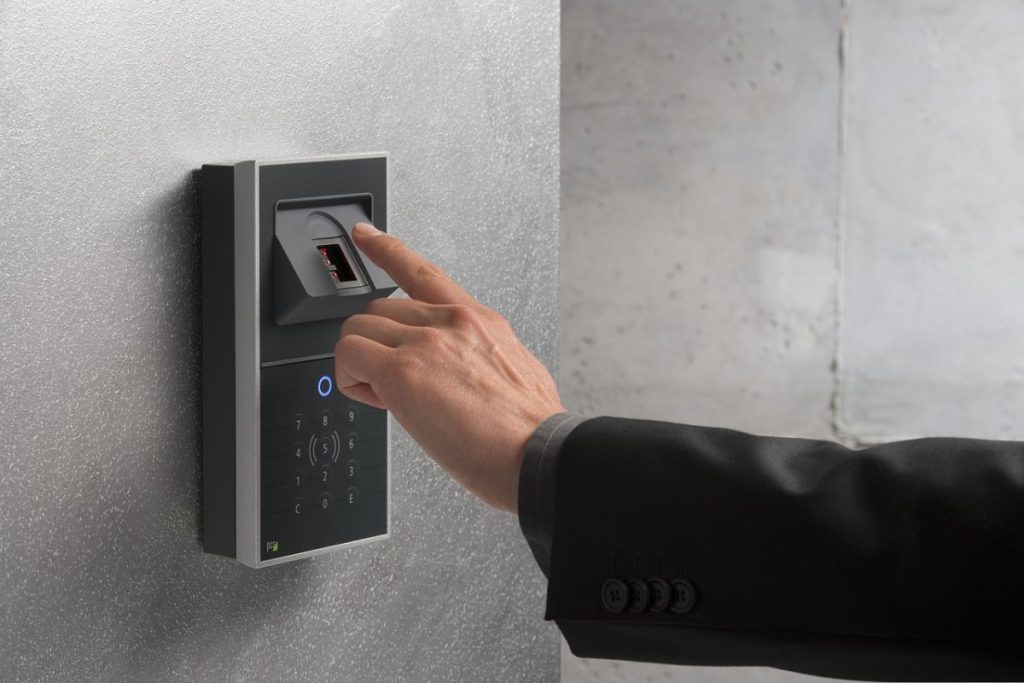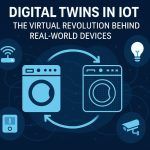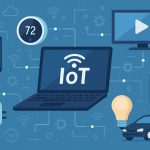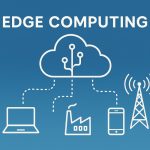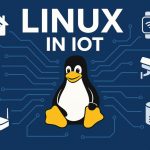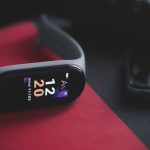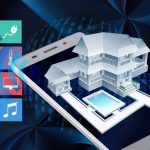Sensors are the cornerstone of the Internet of Things (IoT), enabling devices to monitor, measure, and interact with the physical world. Without sensors, IoT systems would lack the ability to collect the data needed for smart decision-making and automation. In this article, we’ll explore the critical role sensors play in IoT, how they function, and the innovative ways they are transforming industries.
What Are Sensors in IoT?
Sensors are electronic devices designed to detect changes in physical conditions, such as temperature, motion, or pressure, and convert those changes into signals that can be measured and analyzed. In IoT systems, sensors act as the “eyes and ears,” providing real-time data that drives automation, analytics, and decision-making.
How Sensors Work
- Detection: Sensors detect changes in their environment, such as light intensity, humidity, or sound.
- Signal Conversion: The detected changes are converted into electrical signals, often as analog or digital data.
- Data Transmission: The data is transmitted to IoT devices, hubs, or cloud platforms for further processing and analysis.
Types of Sensors in IoT
IoT applications rely on a wide variety of sensors. Here are some of the most common types:
- Temperature Sensors: Used in smart thermostats, industrial monitoring, and weather stations.
- Example: Nest Thermostat uses temperature sensors to optimize home climate control.
- Motion Sensors: Detect movement and are widely used in security systems and smart lighting.
- Example: Ring security cameras integrate motion sensors to trigger video recording.
- Pressure Sensors: Measure pressure levels in environments like water pipes, gas systems, and industrial machinery.
- Example: Smart irrigation systems use pressure sensors to detect leaks and optimize water flow.
- Proximity Sensors: Identify the presence of nearby objects without physical contact.
- Example: Smart doors and automated faucets rely on proximity sensors for activation.
- Light Sensors: Measure ambient light levels and are used in devices like smart blinds and outdoor lighting.
- Example: Philips Hue lightbulbs can adjust brightness based on light sensor input.
- Humidity Sensors: Monitor moisture levels and are critical for agriculture and climate control systems.
- Example: Greenhouse monitoring systems use humidity sensors to ensure optimal growing conditions.
- Gas Sensors: Detect harmful gases and are essential in air quality monitoring and industrial safety.
- Example: Smart air purifiers use gas sensors to detect pollutants and improve indoor air quality.
How Sensors Enable IoT
Sensors are integral to the data lifecycle in IoT systems. Here’s how they enable IoT to function effectively:
- Data Collection: Sensors continuously monitor environmental changes and collect valuable data.
- Decision-Making: The collected data is processed by IoT platforms, often with the help of AI and machine learning, to generate actionable insights.
- Automation: Based on sensor inputs, IoT devices can automate tasks, such as adjusting thermostats or turning off lights.
- Feedback Loops: IoT systems use sensor data to refine operations over time, enhancing efficiency and effectiveness.
Applications of Sensors in IoT
- Smart Homes: Sensors in devices like thermostats, security cameras, and smart lights create more convenient and efficient living environments.
- Healthcare: Wearable devices use sensors to monitor vital signs such as heart rate and blood pressure, improving patient care.
- Agriculture: Sensors optimize irrigation, soil monitoring, and crop management, boosting productivity and sustainability.
- Industrial IoT: Factories rely on sensors for predictive maintenance, process optimization, and worker safety.
- Transportation: Sensors in vehicles support features like collision avoidance, navigation, and traffic monitoring.
Looking Ahead
As IoT technology continues to advance, sensors will become even more sophisticated and ubiquitous. From miniaturized sensors for wearables to high-precision sensors for industrial applications, the possibilities are endless. Understanding the role of sensors is key to unlocking the full potential of IoT, enabling smarter systems that improve lives and businesses alike.
- Digital Twins in IoT: The Virtual Revolution Behind Real-World Devices
 In the ever-evolving world of the Internet of Things (IoT), one concept stands out as both revolutionary and transformative: Digital Twins. These virtual counterparts of physical systems allow us to simulate, monitor, and optimize real-world devices in ways that were once the stuff of science fiction. But today, they’re a practical and powerful technology shaping…
In the ever-evolving world of the Internet of Things (IoT), one concept stands out as both revolutionary and transformative: Digital Twins. These virtual counterparts of physical systems allow us to simulate, monitor, and optimize real-world devices in ways that were once the stuff of science fiction. But today, they’re a practical and powerful technology shaping… - How IoT-Connected Devices Are Quietly Transforming Everyday Life
 We often think of innovation as loud and flashy—flying cars, robot assistants, and tech that looks like it came straight out of a sci-fi movie. But in reality, the most profound changes often happen quietly. That’s exactly what’s going on with IoT-connected devices. They’re slipping into homes, businesses, and cities with little fanfare, yet they’re…
We often think of innovation as loud and flashy—flying cars, robot assistants, and tech that looks like it came straight out of a sci-fi movie. But in reality, the most profound changes often happen quietly. That’s exactly what’s going on with IoT-connected devices. They’re slipping into homes, businesses, and cities with little fanfare, yet they’re… - How Edge Computing Is Revolutionizing IoT Devices
 The Internet of Things (IoT) has reshaped our world, embedding smart capabilities into everyday objects — from thermostats and security cameras to factory robots and self-driving cars. But as IoT devices grow in number and complexity, traditional cloud-based data processing struggles to keep up. Enter edge computing, a powerful solution that’s redefining how IoT systems…
The Internet of Things (IoT) has reshaped our world, embedding smart capabilities into everyday objects — from thermostats and security cameras to factory robots and self-driving cars. But as IoT devices grow in number and complexity, traditional cloud-based data processing struggles to keep up. Enter edge computing, a powerful solution that’s redefining how IoT systems… - Linux in IoT – Why Linux Is at the Heart of IoT
 When diving into the world of the Internet of Things (IoT), you’ll quickly notice a recurring theme: Linux in IoT is everywhere. From smart thermostats and wearable devices to industrial sensors and home automation hubs, Linux powers a vast number of IoT systems. But why is this open-source operating system so widely used in connected…
When diving into the world of the Internet of Things (IoT), you’ll quickly notice a recurring theme: Linux in IoT is everywhere. From smart thermostats and wearable devices to industrial sensors and home automation hubs, Linux powers a vast number of IoT systems. But why is this open-source operating system so widely used in connected… - 10 IoT Innovations You Didn’t Know You Needed – But Can’t Live Without
 The Internet of Things (IoT) is transforming the way we interact with technology, making everyday life more convenient, efficient, and even futuristic. While most people are familiar with smart thermostats and voice assistants, there are many lesser-known IoT innovations that can make a significant impact on daily life. Here are ten IoT devices and solutions…
The Internet of Things (IoT) is transforming the way we interact with technology, making everyday life more convenient, efficient, and even futuristic. While most people are familiar with smart thermostats and voice assistants, there are many lesser-known IoT innovations that can make a significant impact on daily life. Here are ten IoT devices and solutions…
